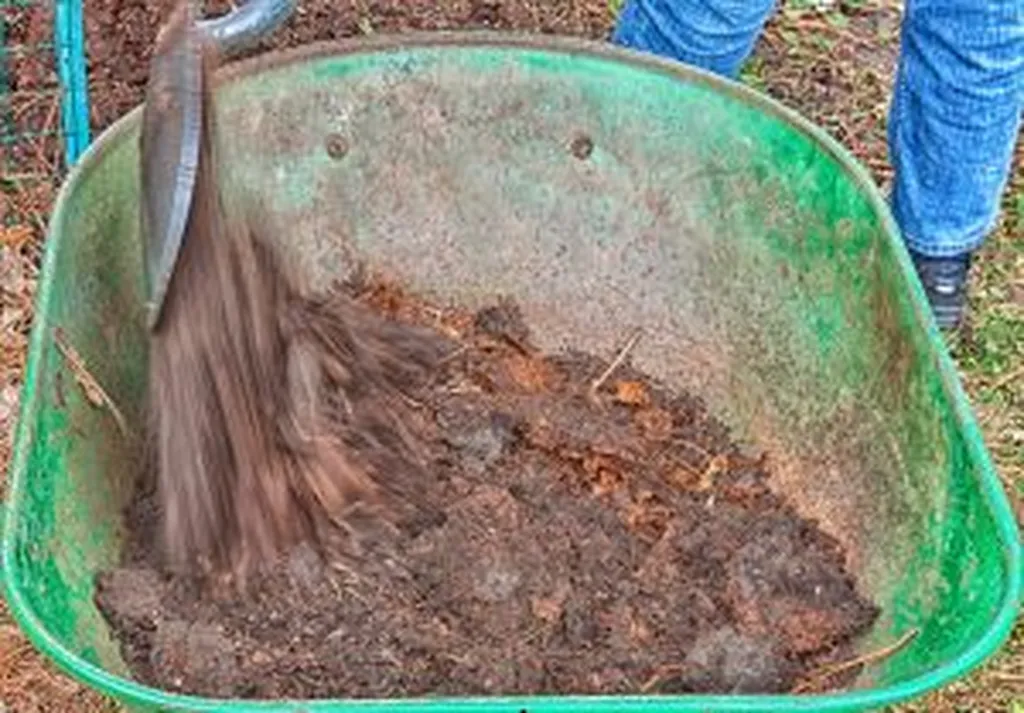In the heart of China’s lavender cultivation, a new study is shedding light on the intricate dance between soil bacteria and the prized essential oils of Lavandula angustifolia. The Ili River Valley, home to China’s largest lavender base, has been under the microscope in a recent study published in ‘Plant, Soil and Environment’. The research, led by Junnan Jian from the Agricultural Science Institute of Ili Kazak Autonomous Prefecture, has uncovered significant geographical variations in soil properties and bacterial diversity that could reshape the future of lavender farming.
The study, which compared soil bacterial communities across four major cultivation counties—Chabuchar, Agricultural Research Institute, Yining, and Huocheng—revealed that the Huocheng County cultivation area stood out with the highest essential oil yield and linalool content. This finding is a game-changer for the industry, as linalool is a key component in the production of high-quality lavender essential oils, widely used in perfumes, cosmetics, and aromatherapy.
“Understanding the interplay between soil bacteria and lavender growth can significantly enhance the quality and yield of essential oils,” said Jian. “This knowledge can guide farmers in optimizing their cultivation practices and potentially increase their profits.”
The research found that while the soil bacterial communities shared commonalities across the regions, their relative abundances varied by region and soil layer. Dominant phyla included Proteobacteria, Acidobacteriota, Gemmatimonadota, and Actinobacteriota. Notably, the study highlighted a significant positive correlation between the abundance of Vicinamibacteraceae (Acidobacteriota) in Huocheng County soils and both soil total phosphorus and linalool content. This suggests a potential mechanism where this bacterial taxon enhances lavender terpenoid synthesis by facilitating phosphorus cycling.
The implications for the agriculture sector are profound. By understanding how soil bacteria influence lavender growth and essential oil quality, farmers can adopt targeted soil management practices to enhance productivity. This could include optimizing soil pH, total nitrogen, total phosphorus, soil organic carbon, and other environmental factors identified in the study.
“This research opens up new avenues for sustainable and precision agriculture,” said Jian. “By harnessing the power of soil microorganisms, we can create more resilient and productive lavender farms.”
The study’s findings also underscore the importance of geographical variations in soil properties and bacterial diversity. As climate change continues to impact agricultural practices, understanding these variations can help farmers adapt and mitigate potential risks.
Looking ahead, this research could pave the way for further studies on the role of soil microorganisms in plant growth and essential oil production. It also highlights the need for continued investment in agricultural research to unlock the full potential of soil microbiomes.
As the agriculture sector grapples with the challenges of climate change and increasing demand for high-quality products, studies like this offer a beacon of hope. By delving into the microscopic world of soil bacteria, we can uncover solutions that will shape the future of farming and ensure a sustainable and prosperous agricultural sector.

